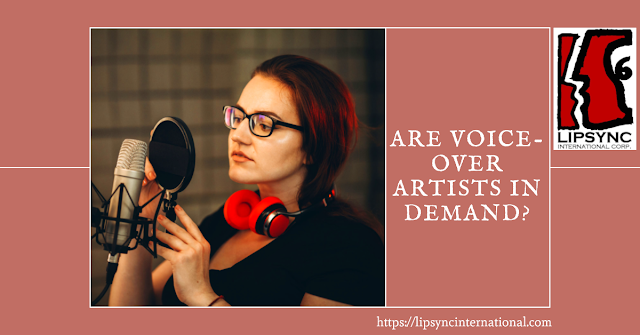How Movie Dubbing Enhances the Movie Viewing Experience?
Introduction
In the ever-evolving the landscape of entertainment, movie dubbing stands as a pivotal element that significantly enhances the overall movie viewing experience. As we delve into the nuances of this cinematic practice, we uncover a world where language barriers dissolve, allowing audiences to connect with the narrative on a profound level. In this article, we will explore the various facets of how movie dubbing transforms the way we perceive and enjoy films.
Breaking Language Barriers
Bridging Cultures Through Dubbing
One of the primary advantages of movie dubbing is its ability to bridge linguistic gaps, fostering a sense of inclusivity among diverse audiences. By translating dialogue into different languages, dubbing opens the door for individuals worldwide to access and appreciate cinematic masterpieces without the hindrance of language barriers.
A Global Cinematic Language
Imagine a scenario where a captivating storyline is not confined to the constraints of a single language. With movie dubbing, films become a global cinematic language, breaking free from regional limitations and allowing people from various backgrounds to share the joy of storytelling.
Heightened Emotional Connection
Authentic Voice Performances
The art of movie dubbing extends beyond mere translation; it encapsulates the essence of authentic voice performances. Seasoned professionals lend their vocal talents to capture the emotional nuances of the original actors, ensuring that the dubbed version resonates just as profoundly with the audience.
Immersive Cinematic Journey
As viewers immerse themselves in a movie, the seamless integration of dubbed voices enhances the emotional resonance of key scenes. This heightened connection elevates the overall movie viewing experience, enabling audiences to feel the characters' emotions, irrespective of the language in which the film was originally produced.
Technical Excellence in Dubbing
Cutting-Edge Technology in Dubbing Studios
Behind the scenes, the process of movie dubbing involves state-of-the-art technology in dubbing studios. Cutting-edge equipment and skilled technicians collaborate to synchronize voices with on-screen performances seamlessly. This commitment to technical excellence ensures that the dubbed version maintains the audiovisual integrity of the original.
Precision in Lip-Syncing
One of the technical marvels in movie dubbing lies in achieving precision in lip-syncing. Advanced techniques and meticulous attention to detail result in dubbed versions where the characters' lip movements seamlessly match the dubbed dialogue, offering an authentic viewing experience.
Enhanced Accessibility for Global Audiences
Catering to a Diverse Audience
In the digital age, where content knows no geographical boundaries, movie dubbing plays a pivotal role in expanding a film's reach. By providing versions in multiple languages, filmmakers can cater to a diverse audience, ensuring that their creations transcend cultural and linguistic constraints.
Accessibility for All Ages
Furthermore, dubbing enhances accessibility for audiences of all ages. Children, in particular, benefit from dubbed versions, enabling them to enjoy films that may have originally been in a language unfamiliar to them. This inclusivity fosters a love for cinema from a young age, contributing to a lifelong appreciation for diverse storytelling.
Conclusion
In conclusion, the practice of movie dubbing goes far beyond a mere translation of words; it is an art form that enhances the very fabric of the movie-viewing experience. By breaking down language barriers, fostering emotional connections, and leveraging cutting-edge technology, dubbing ensures that films become a universal language that speaks to audiences around the world. As we celebrate the transformative impact of movie dubbing, we invite cinephiles to embrace the beauty of storytelling without borders.
.png)



Comments
Post a Comment